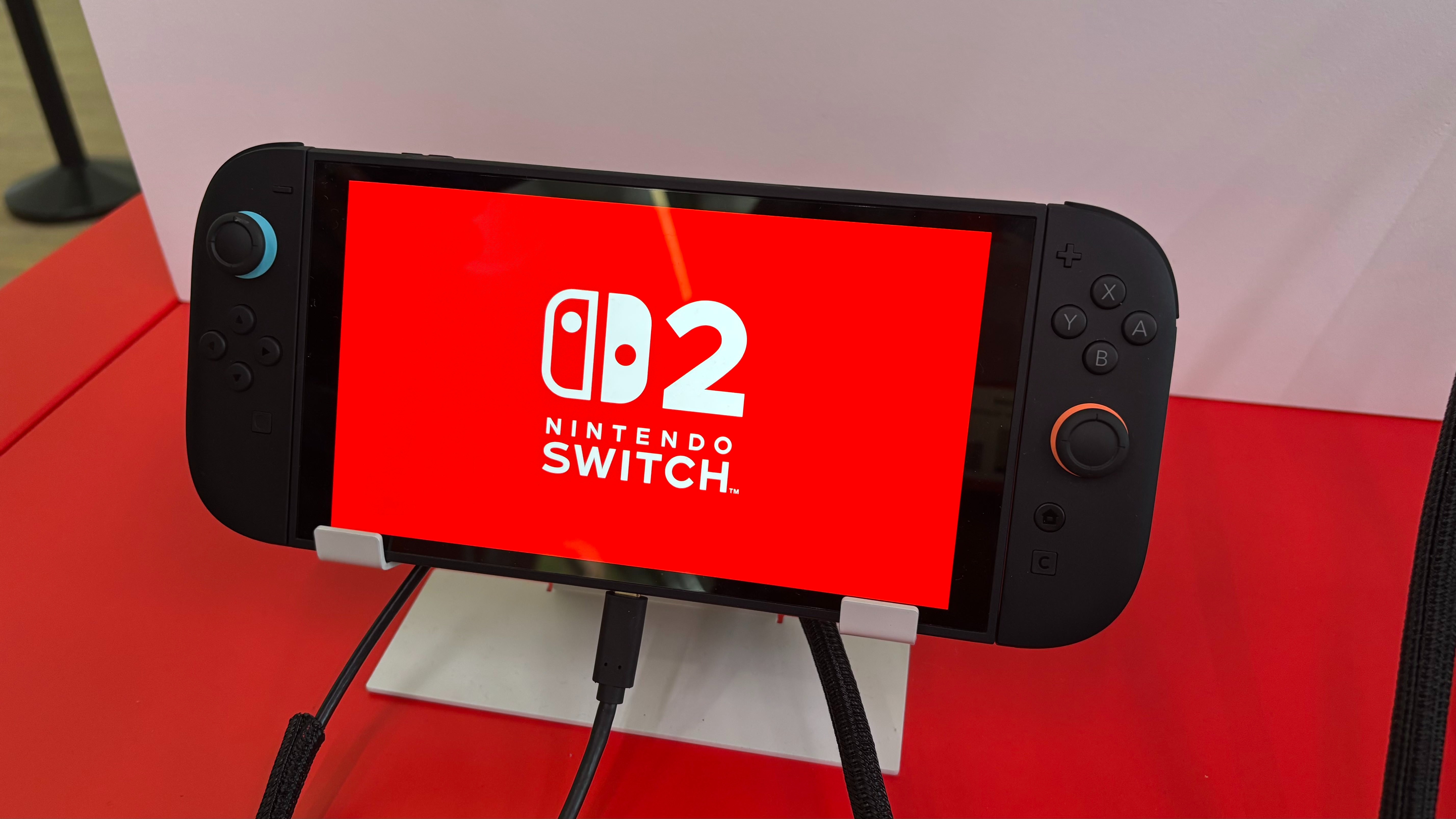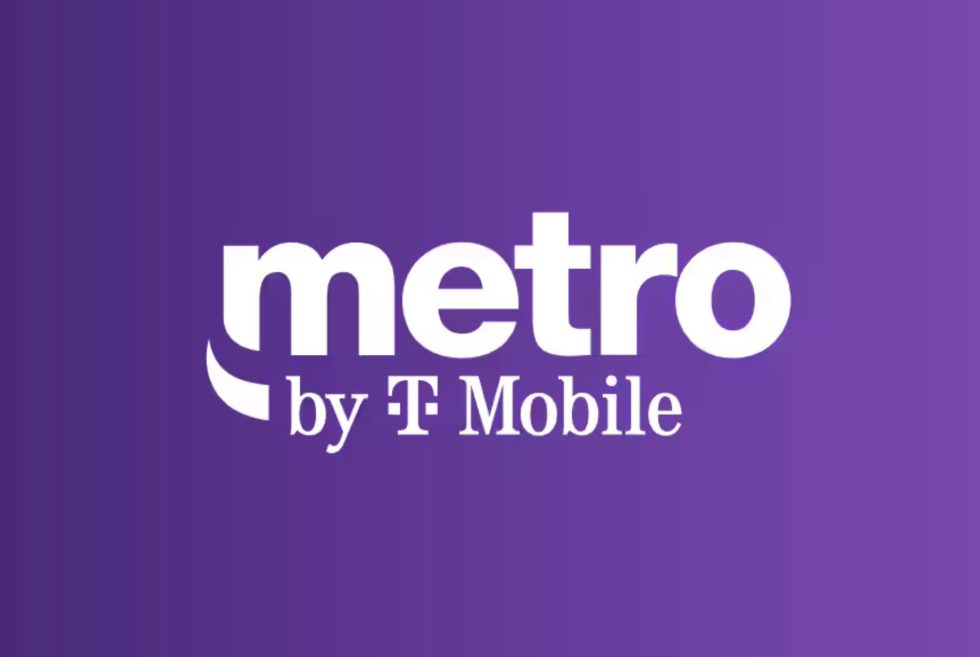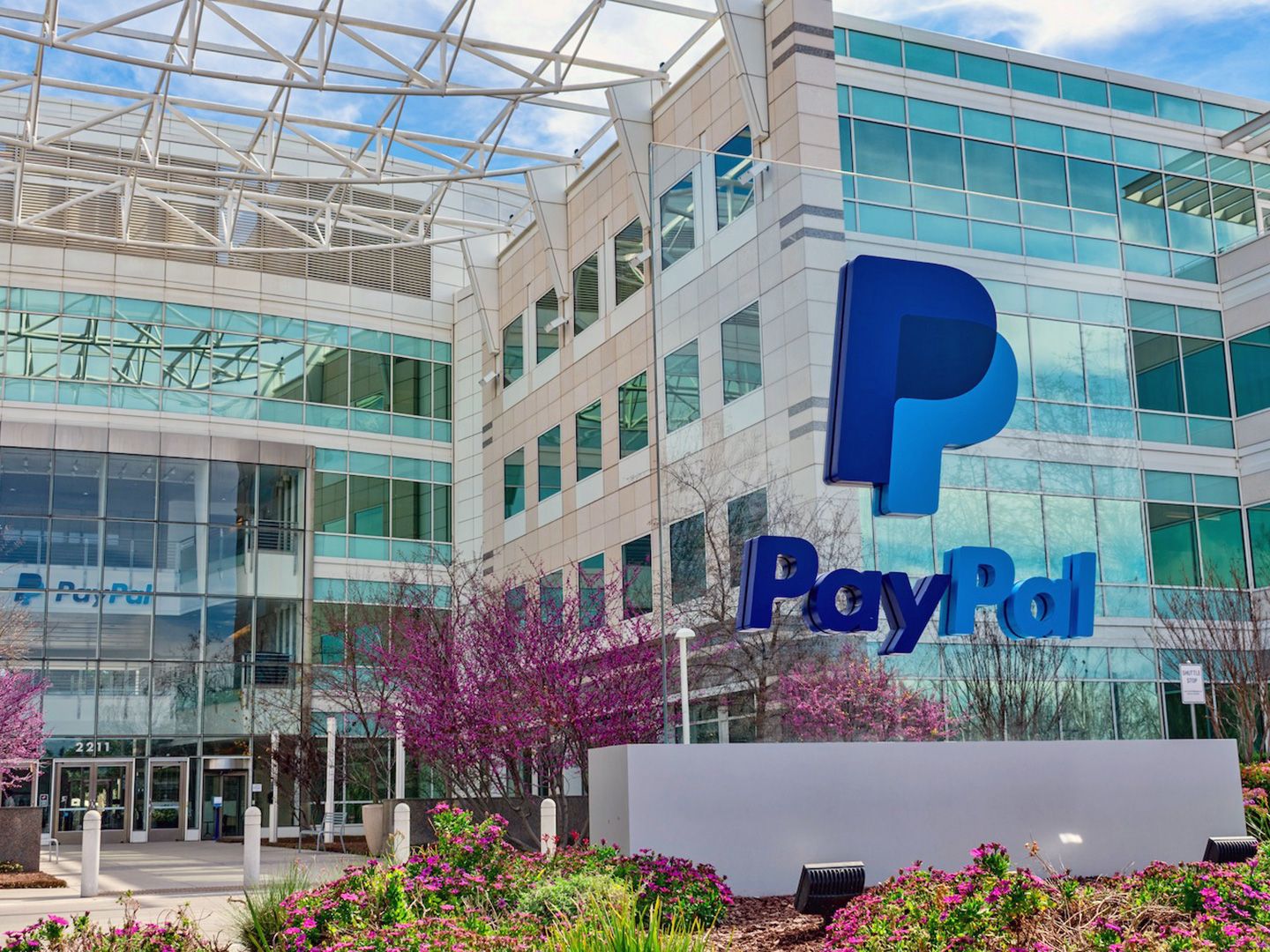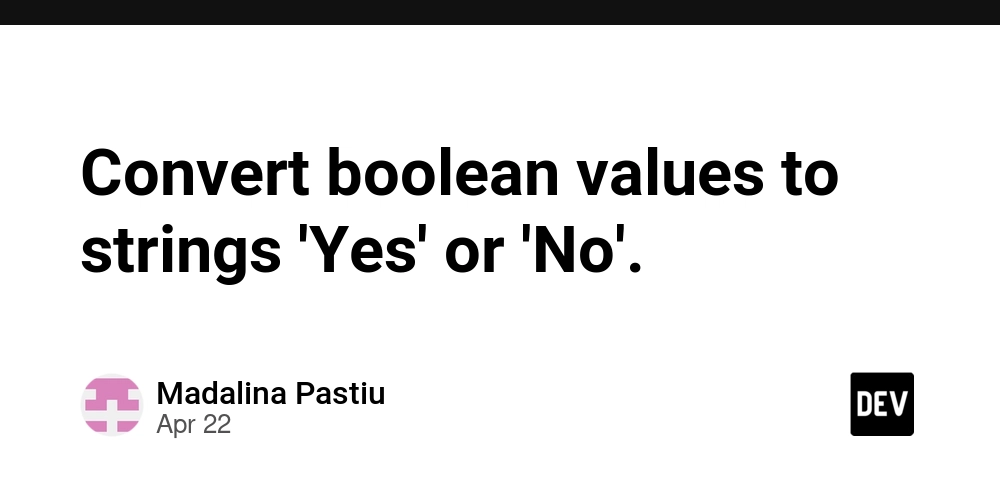Leveraging GitHub Sponsors for Organizations: Maximizing Open-Source Funding & Community Engagement
Abstract: This post explores how organizations can leverage GitHub Sponsors to drive open-source development through financial backing, increased community visibility, and improved employee engagement. We discuss the background of GitHub Sponsors, core features, step-by-step setup, practical applications, challenges and limitations, and future trends. Organizations can learn how to craft effective sponsorship profiles, manage funds transparently, and foster collaborative, vibrant open-source communities. In addition, we include useful tables, bullet lists, and practical links to help you navigate the ecosystem and stay ahead in the world of open-source funding. Introduction In today’s software landscape, open-source projects power critical infrastructure, applications, and innovation. Financial support for these projects is essential to sustain growth and maintain security, reliability, and scalability. GitHub Sponsors was launched to provide this support mechanism, enabling organizations and developers to receive funding directly on GitHub. This post delves into how organizations can leverage GitHub Sponsors, highlighting its benefits, setup process, and practical strategies for success. Whether you are a nonprofit, tech startup, or large enterprise, understanding this platform can help you tap into an ecosystem geared toward long-term open-source sustainability. Background and Context History and Evolution of GitHub Sponsors GitHub Sponsors was introduced in 2019 as a part of GitHub’s initiative to support the developer community. By bridging the gap between open-source work and financial backing, the program offers organizations and individual developers a direct avenue to receive sponsorship. It mixes the familiar GitHub user experience with a transparent framework for funding—ensuring that contributions are recognized and sustained. GitHub Sponsors has evolved rapidly alongside the open-source movement. The platform now enables organizations to not only receive sponsorship for their projects but also support other developers. For additional insights, you can review the detailed explanation in What is GitHub Sponsors. Ecosystem Context The open-source ecosystem is characterized by collaboration, transparency, and community-driven development. Organizations increasingly rely on a diverse range of external contributions; therefore, creating a sponsorship profile becomes more than just a fundraising tool—it is a testament to your commitment to the community. By employing GitHub Sponsors, companies demonstrate transparency and accountability, and they offer their sponsors tangible insights into how funds are being used. Funding open-source contributors is essential to drive technical innovation and sustain projects over the long term. Initiatives like Open Source Sponsorship further demonstrate the importance of financial support in enhancing both the quality and reach of important software projects. Core Concepts and Features GitHub Sponsors provides several key features that help organizations get started quickly as well as maximize the impact of their sponsorship programs. Below are the main concepts that you need to understand: 1. Organization Sponsorship Organizations can set up a sponsorship profile via GitHub to receive financial support. This involves creating engaging descriptions, outlining goals and project funding needs, sponsoring tiers, and promotion strategies. For example, by using Organization Sponsorship, companies can showcase their work to a broader audience and invite community collaboration. 2. Sponsoring Others Apart from receiving funds, organizations can sponsor other developers or projects. This dual approach not only builds goodwill but also strengthens community ties. It signals a commitment to fostering growth and innovation within the open-source community while enhancing overall network effects. 3. Employee Compensation Many organizations also use GitHub Sponsors funds as a component of employee compensation. Allocating budgets from such sponsorships helps incentivize employees engaged in open-source development. This transparency and recognition can lead to better retention rates and a higher quality of work, as observed in practices highlighted by the Employee Compensation approach. 4. Sponsorship Tiers and Incentives A well-structured sponsorship program should offer clear incentives for different levels of contribution. Setting up sponsorship tiers involves providing unique rewards and recognition at various financial levels. Creating a detailed guide for how to set these up can significantly boost donor engagement, as noted in tutorials such as How to Promote GitHub Sponsors Profile. Summary Table of Core Features Feature Description Key Benefit Organization Sponsorship Create a dedicated profile to receive funding. Increases project vis
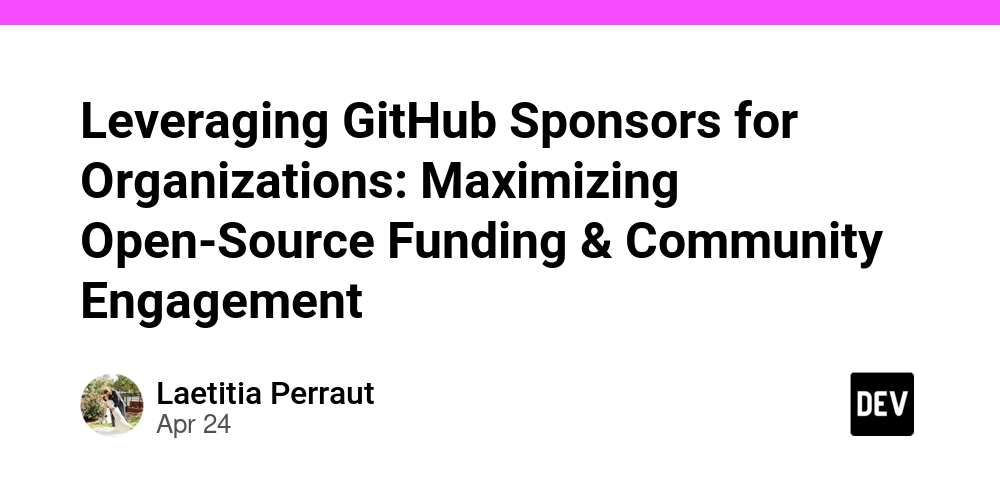
Abstract:
This post explores how organizations can leverage GitHub Sponsors to drive open-source development through financial backing, increased community visibility, and improved employee engagement. We discuss the background of GitHub Sponsors, core features, step-by-step setup, practical applications, challenges and limitations, and future trends. Organizations can learn how to craft effective sponsorship profiles, manage funds transparently, and foster collaborative, vibrant open-source communities. In addition, we include useful tables, bullet lists, and practical links to help you navigate the ecosystem and stay ahead in the world of open-source funding.
Introduction
In today’s software landscape, open-source projects power critical infrastructure, applications, and innovation. Financial support for these projects is essential to sustain growth and maintain security, reliability, and scalability. GitHub Sponsors was launched to provide this support mechanism, enabling organizations and developers to receive funding directly on GitHub. This post delves into how organizations can leverage GitHub Sponsors, highlighting its benefits, setup process, and practical strategies for success. Whether you are a nonprofit, tech startup, or large enterprise, understanding this platform can help you tap into an ecosystem geared toward long-term open-source sustainability.
Background and Context
History and Evolution of GitHub Sponsors
GitHub Sponsors was introduced in 2019 as a part of GitHub’s initiative to support the developer community. By bridging the gap between open-source work and financial backing, the program offers organizations and individual developers a direct avenue to receive sponsorship. It mixes the familiar GitHub user experience with a transparent framework for funding—ensuring that contributions are recognized and sustained.
GitHub Sponsors has evolved rapidly alongside the open-source movement. The platform now enables organizations to not only receive sponsorship for their projects but also support other developers. For additional insights, you can review the detailed explanation in What is GitHub Sponsors.
Ecosystem Context
The open-source ecosystem is characterized by collaboration, transparency, and community-driven development. Organizations increasingly rely on a diverse range of external contributions; therefore, creating a sponsorship profile becomes more than just a fundraising tool—it is a testament to your commitment to the community. By employing GitHub Sponsors, companies demonstrate transparency and accountability, and they offer their sponsors tangible insights into how funds are being used.
Funding open-source contributors is essential to drive technical innovation and sustain projects over the long term. Initiatives like Open Source Sponsorship further demonstrate the importance of financial support in enhancing both the quality and reach of important software projects.
Core Concepts and Features
GitHub Sponsors provides several key features that help organizations get started quickly as well as maximize the impact of their sponsorship programs. Below are the main concepts that you need to understand:
1. Organization Sponsorship
Organizations can set up a sponsorship profile via GitHub to receive financial support. This involves creating engaging descriptions, outlining goals and project funding needs, sponsoring tiers, and promotion strategies. For example, by using Organization Sponsorship, companies can showcase their work to a broader audience and invite community collaboration.
2. Sponsoring Others
Apart from receiving funds, organizations can sponsor other developers or projects. This dual approach not only builds goodwill but also strengthens community ties. It signals a commitment to fostering growth and innovation within the open-source community while enhancing overall network effects.
3. Employee Compensation
Many organizations also use GitHub Sponsors funds as a component of employee compensation. Allocating budgets from such sponsorships helps incentivize employees engaged in open-source development. This transparency and recognition can lead to better retention rates and a higher quality of work, as observed in practices highlighted by the Employee Compensation approach.
4. Sponsorship Tiers and Incentives
A well-structured sponsorship program should offer clear incentives for different levels of contribution. Setting up sponsorship tiers involves providing unique rewards and recognition at various financial levels. Creating a detailed guide for how to set these up can significantly boost donor engagement, as noted in tutorials such as How to Promote GitHub Sponsors Profile.
Summary Table of Core Features
| Feature | Description | Key Benefit |
|---|---|---|
| Organization Sponsorship | Create a dedicated profile to receive funding. | Increases project visibility and support. |
| Sponsoring Others | Organizations can donate to other projects and developers. | Builds community solidarity and responsibility. |
| Employee Compensation | Utilize sponsorship funds to compensate employees contributing to open-source projects. | Enhances project sustainability and team morale. |
| Sponsorship Tiers & Incentives | Provide various funding levels with associated rewards. | Attracts a wide range of contributors with transparency. |
Applications and Use Cases
GitHub Sponsors opens up multiple practical possibilities for organizations. Let’s explore a few use cases:
1. Funding and Compensating Open-Source Projects
Many organizations depend on open-source projects to drive innovation internally or as part of community engagement. By establishing a sponsorship profile, companies can secure recurring income to fund these projects. For example, a mid-size software startup might allocate sponsorship funds as partial compensation for developers working on enhancing community-driven features. This approach was also elaborated in discussions like Funding Open-Source Contributors.
2. Enhancing Community Collaboration
Organizations can use GitHub Sponsors to participate in the broader tech ecosystem by sponsoring other projects. This not only showcases corporate responsibility but also builds critical relationships across different segments of the open-source community. Enhanced visibility through sponsorship can lead to valuable collaborations and even result in innovative joint ventures.
3. Leveraging Sponsorship for Employee Engagement
For entities investing in internal innovation, GitHub Sponsors provides a way to validate and value their employees’ contributions. Companies can implement a model where sponsorship funds are partially reinvested into compensation programs. This approach leads to higher employee satisfaction and demonstrates a commitment to the open-source philosophy—where transparency and continuous learning are key.
Practical Example:
Imagine a cybersecurity firm that relies on open-source tools for threat detection. By using sponsorship funds to compensate its vulnerability research team, the firm not only improves its products but also contributes back to the community by publishing their research. This model builds trust, as sponsors can visibly see the tangible use of their contributions.
Challenges and Limitations
Even though GitHub Sponsors offers significant advantages, organizations may face some challenges:
Setup Complexity:
Initial configuration, including meeting eligibility criteria and properly structuring sponsorship tiers, may require detailed planning. Organizations must deeply understand their funding needs and transparency requirements to configure the system successfully.Sustaining Interest:
Continuous engagement with sponsors is fundamental to maintain recurring contributions. Organizations must produce regular updates and impact stories to keep sponsors motivated. The need for continuous interaction might be resource-intensive.Managing Funds:
Allocating funds efficiently, ensuring transparency around expenditure, and maintaining accurate records is vital. Financial mismanagement may eventually compromise the support of the sponsoring community.Adoption Barriers:
Not all target audiences may be aware of GitHub Sponsors or be comfortable with digital sponsorship models. Organizations might have to invest in educating potential sponsors about the value and reliability of this platform.
Bullet List: Key Challenges
- Initial Setup Complexity: Planning and configuring the profile.
- Maintaining Sponsor Engagement: Regular updates and visible impact.
- Fund Management: Transparent expenditure tracking.
- Adoption Hurdles: Educating sponsors on the platform’s benefits.
Future Outlook and Innovations
As technology and community engagement evolve, so too will the GitHub Sponsors platform. Here are trends and potential innovations to look out for:
1. Enhanced Transparency Tools
Future enhancements may include advanced reporting analytics that help organizations track how funds are being utilized. Tools for real-time budget tracking, combined with open-source dashboards, could provide sponsors with a clear picture of their investments.
2. Integration with Blockchain Technology
There is rising interest in integrating blockchain to improve transparency and fund management. A blockchain-enabled GitHub Sponsors mechanism could provide immutable records of fund usage, reducing disputes and ensuring accountability for both input and output. For further reading on blockchain and open-source innovations, check out Open Source Financial Support.
3. Broader Sponsorship Models
As more organizations enter the realm of open-source, sponsorship models will likely diversify. This might include community-governance schemes or hybrid models where organization funds support both internal projects and external community initiatives simultaneously. A comprehensive view of various models is available via Corporate Sponsorship Benefits.
4. Cross-Platform Collaboration
Integration with other funding mechanisms and platforms could further streamline open-source sponsorships. For instance, organizations might combine GitHub Sponsors with platforms like Gitcoin or even new decentralized finance (DeFi) solutions. To explore these innovations, you can read about Gitcoin Community.
Dev.to Insights
For further context, consider these detailed analyses from the Dev.to community:
- Exploring the Decentralized Governance Model of Blur
- Gitcoin Funding Rounds Empowering the Open Source Ecosystem
- Open Source Funding and Blockchain Project Funding: Building a Community-Driven Future
These posts provide valuable perspectives on merging technology, community initiatives, and innovative funding strategies that align with the future of GitHub Sponsors.
Maximizing Success on GitHub Sponsors
For organizations looking to use GitHub Sponsors effectively, here are several best practices:
Best Practices Checklist
Be Transparent:
Clearly detail how funds will be used. Provide regular updates and success stories to build trust.Engage Continuously:
Use communication channels, such as Twitter and newsletters, to keep sponsors informed.Offer Unique Incentives:
Create tailored sponsorship tiers that reward sponsors with early access to features, exclusive updates, and public acknowledgments.Leverage Data:
Use analytics to track engagement and understand which strategies yield the best results. Metrics on fund utilization, sponsor retention, and project growth are essential.Broaden Reach:
Integrate your sponsorship campaigns with other community platforms and funding tools available across organizations to widen your reach.
Example Sponsorship Tier Table
| Tier Level | Monthly Contribution | Incentives Offered |
|---|---|---|
| Bronze | $5 – $20 | Public acknowledgment, badge on profile |
| Silver | $21 – $50 | Early access to project updates, exclusive Q&A |
| Gold | $51 – $100 | Direct interaction with developers, special updates |
| Platinum | $101+ | Personalized thank-you, behind-the-scenes content |
Summary
GitHub Sponsors represents a strategic opportunity for organizations to fund and sustain their open-source projects while strengthening community ties and employee engagement. By setting up a robust sponsorship profile, organizations can navigate the challenges of fund management and sponsor engagement with transparency and clarity.
In this post, we explored the background of GitHub Sponsors, detailed its core features and applications, and identified potential challenges and future innovations. We also included practical tools—such as tables and bullet lists—to summarize key points, providing a digestible reference for technical leaders and community managers alike. Additional insights from external links such as What is GitHub Sponsors and Organization Sponsorship have been woven into our discussion to help you further refine your strategy.
By following best practices like transparency, continuous engagement, and layering your funding models with detailed incentives, organizations can not only secure funding but also drive innovation across the open-source community. As the ecosystem evolves—with trends like blockchain integration and improved analytics—the role of GitHub Sponsors will likely become even more critical for sustainable technology development.
For those interested in deepening their understanding of open-source funding methods, you might also explore topics like GitHub Sponsors vs. Patreon and Crowdfunding Open Source to see how different models compare.
Final Thoughts
Leveraging GitHub Sponsors is more than a financial transaction—it’s about building sustainable ecosystems, fostering innovation, and creating mutually beneficial relationships between developers and supporters. As organizations continue to realize the importance of open-source development, platforms like GitHub Sponsors will play an integral role in ensuring that both individual contributors and large organizations can thrive in a rapidly evolving digital world.
Whether you are new to the concept or expanding your current sponsorship efforts, the lessons here provide a roadmap to success. Embrace transparency, stay engaged with your community, and continuously innovate your funding model. The future of open-source funding is bright, collaborative, and driven by community success.
For the full original article on leveraging GitHub Sponsors by organizations, please refer to Leveraging GitHub Sponsors for Organizations.
By understanding and applying these techniques, you can position your organization at the forefront of the open-source revolution and ensure that your projects, as well as the community around them, continue to flourish.
Happy Sponsoring and Open-Source Building!











































































































































































![[The AI Show Episode 144]: ChatGPT’s New Memory, Shopify CEO’s Leaked “AI First” Memo, Google Cloud Next Releases, o3 and o4-mini Coming Soon & Llama 4’s Rocky Launch](https://www.marketingaiinstitute.com/hubfs/ep%20144%20cover.png)

















































































































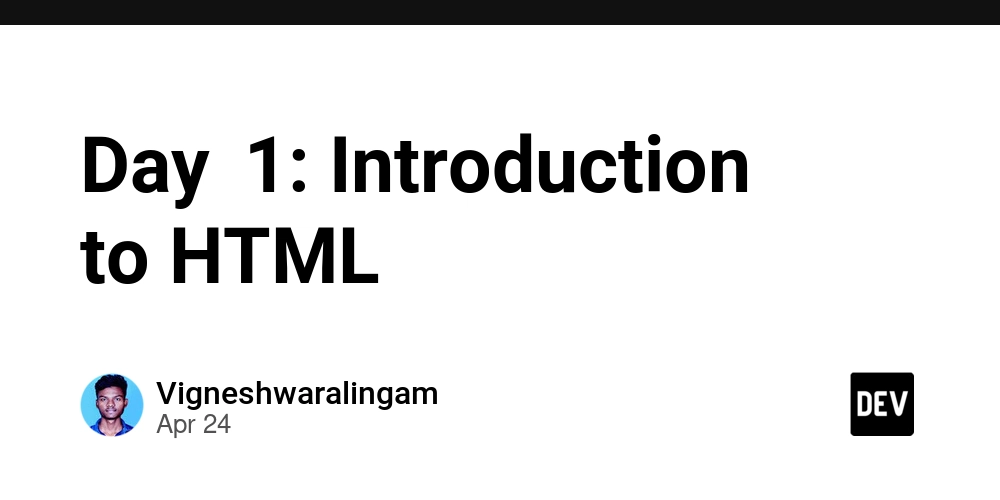
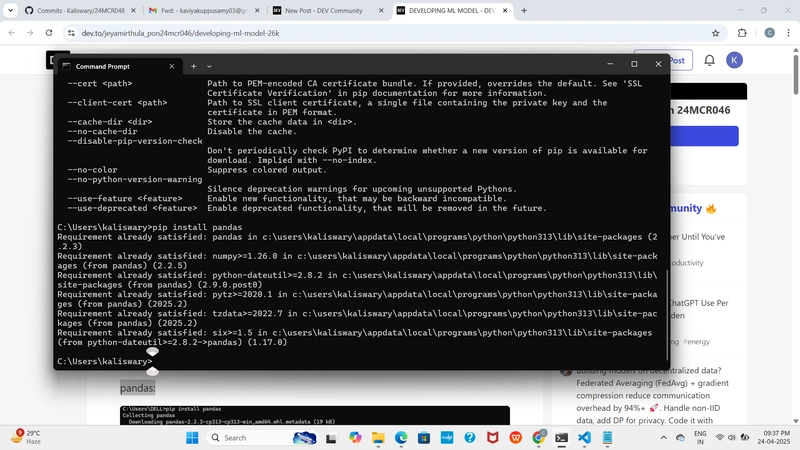
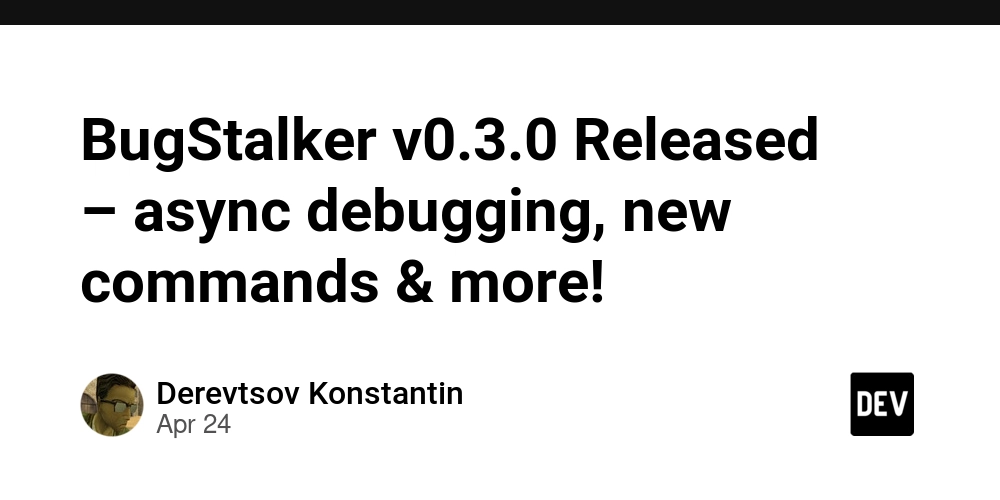












![[DEALS] Sterling Stock Picker: Lifetime Subscription (85% off) & Other Deals Up To 98% Off – Offers End Soon!](https://www.javacodegeeks.com/wp-content/uploads/2012/12/jcg-logo.jpg)















































































































































_NicoElNino_Alamy.png?width=1280&auto=webp&quality=80&disable=upscale#)

_Olekcii_Mach_Alamy.jpg?width=1280&auto=webp&quality=80&disable=upscale#)












































































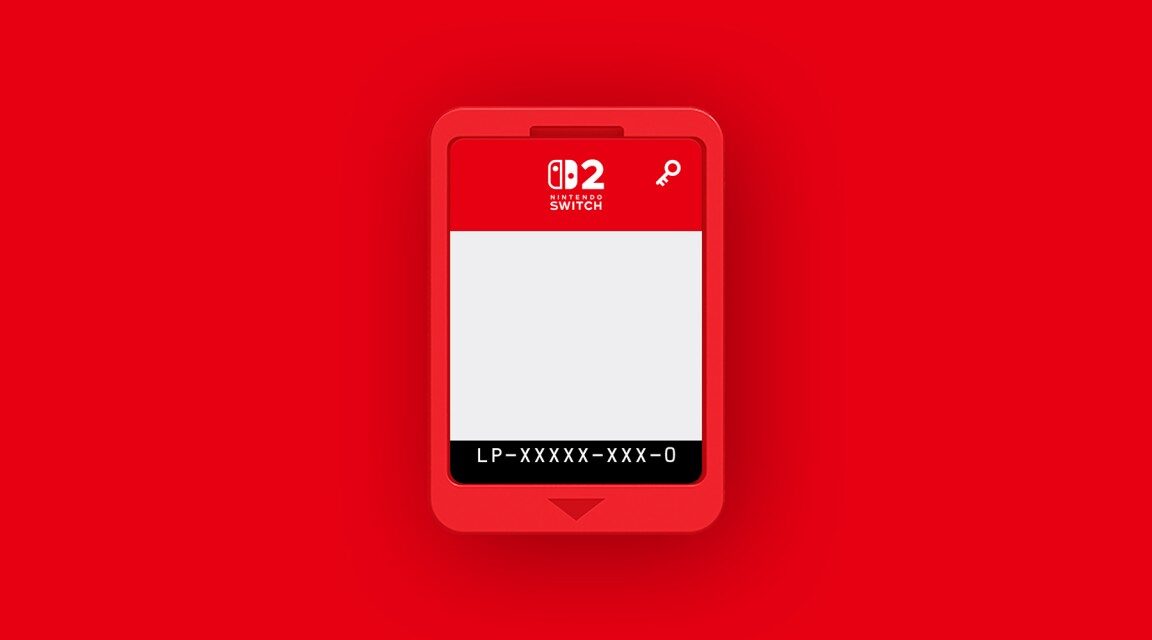


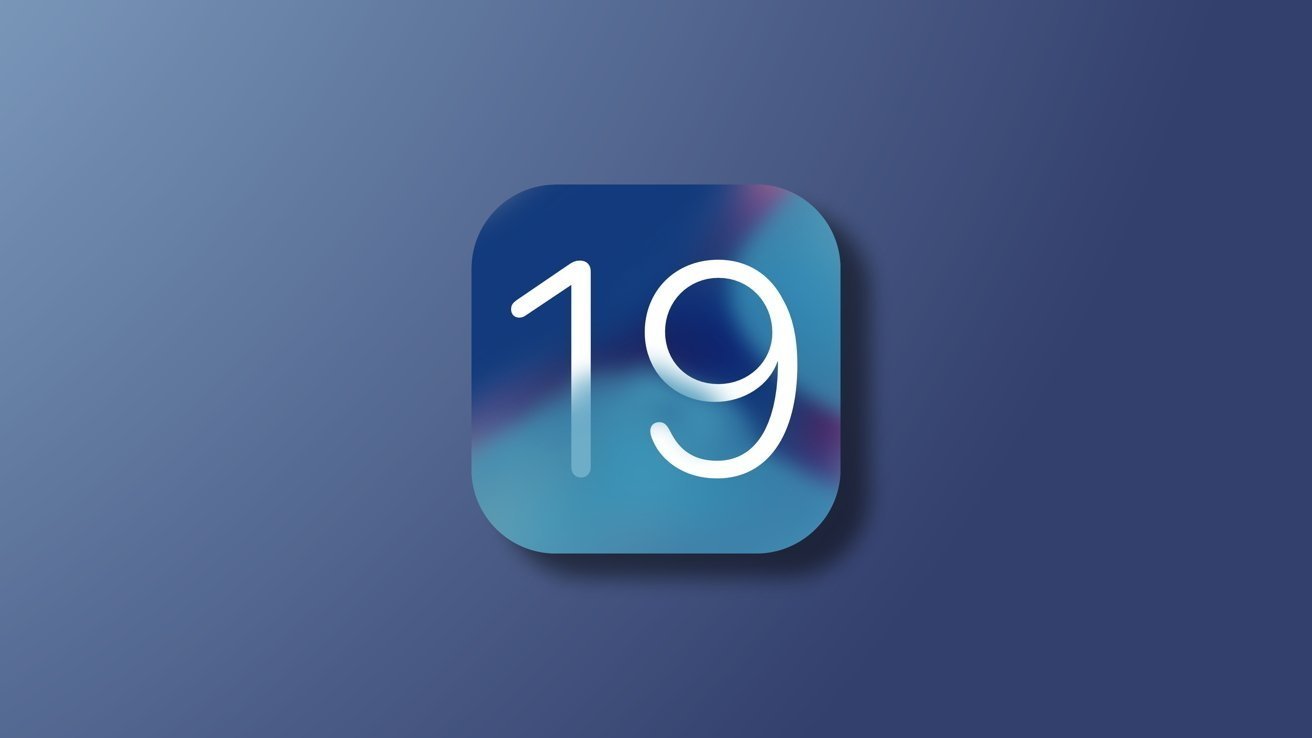











![Apple appealing $570M EU fine, White House says it won’t be tolerated [U]](https://i0.wp.com/9to5mac.com/wp-content/uploads/sites/6/2025/04/Apple-says-570M-EU-fine-is-unfair-White-House-says-it-wont-be-tolerated.jpg?resize=1200%2C628&quality=82&strip=all&ssl=1)




![Hands-on: Motorola’s new trio of Razr phones are beautiful, if familiar vessels for AI [Gallery]](https://i0.wp.com/9to5google.com/wp-content/uploads/sites/4/2025/04/motorola-razr-2025-family-9.jpg?resize=1200%2C628&quality=82&strip=all&ssl=1)
![The big yearly Android upgrade doesn’t matter all that much now [Video]](https://i0.wp.com/9to5google.com/wp-content/uploads/sites/4/2025/04/Android-versions-1.jpg?resize=1200%2C628&quality=82&strip=all&ssl=1)












![At Least Three iPhone 17 Models to Feature 12GB RAM [Kuo]](https://www.iclarified.com/images/news/97122/97122/97122-640.jpg)

![Dummy Models Showcase 'Unbelievably' Thin iPhone 17 Air Design [Images]](https://www.iclarified.com/images/news/97114/97114/97114-640.jpg)

















